What is an Overbite & How is it Corrected?


Common Symptoms
- Jaw pain
- Premature tooth wear
- Difficulty biting into food
- Speech delays lisps, or impediments
- Uneven teeth
- Atypical facial profile
- Lips not closed together when at rest
- Lower front teeth hitting the back of upper front teeth
Causes Of An Overbite
Childhood Habits
Having something in your mouth all of the time like a thumb, finger, or pacifier can change the way those teeth grow in.
Genetics
Oral anatomy and facial features are often “passed down” from parents to children.
Injury
Traumatic injuries during oral development can change the directional growth patterns of your teeth and bones.
Complications From Overbites
There are several side-effects of an untreated overbite, but we’ll just review some of the more serious ones.
First, severe overbites are at a higher risk for injuries. If those upper front teeth are more prominently placed, any hit to the mouth — like during an athletic activity or automobile accident — can break or knock them out. Depending on if the teeth also jet out, you might also be at a higher risk of lip lacerations and soft tissue injuries.
Thirdly, with some overbites, the lower front teeth will “hit” too hard on the backside of the upper front teeth. Remember, we want a slight overlap there. If that biting relationship isn’t spot on, the overbite causes both of the upper and lower teeth to wear down abnormally. The upper ones could form a notch where the lower teeth are hitting them, and the lower teeth might wear down at an angle, leaving a wedge-shaped biting surface. Neither is functional or attractive.
The severity of your overbite will determine how “at risk” your smile is to complications. If you’re seeing a dentist routinely, they’re more than likely monitoring your biting patterns and screening for side-effects of an overbite, even if you aren’t already dealing with any.
How To Correct An Overbite (Treatment)
1) Removable Retainer Or Orthodontic Appliance
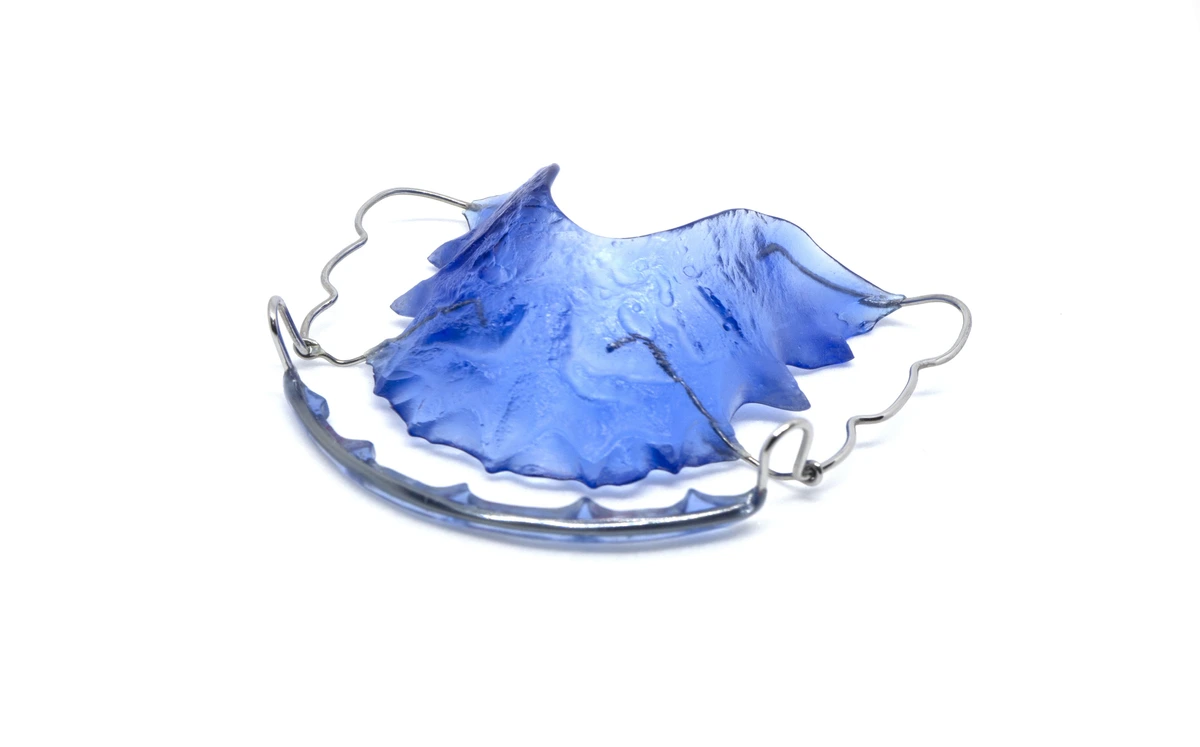
If your child’s mouth is still developing, your family dentist or orthodontist may want to fit them with a retainer. Even though retainers don’t move teeth the same way braces do, they can help guide teeth into a desired position by preventing movement in certain directions. But retainers aren’t the only type of short-term or removable orthodontic appliance. Working with a specialist while your child’s teeth and jaws are still developing can help you be proactive about preventing major treatments in the future.
2) Braces (Brackets And Wires)
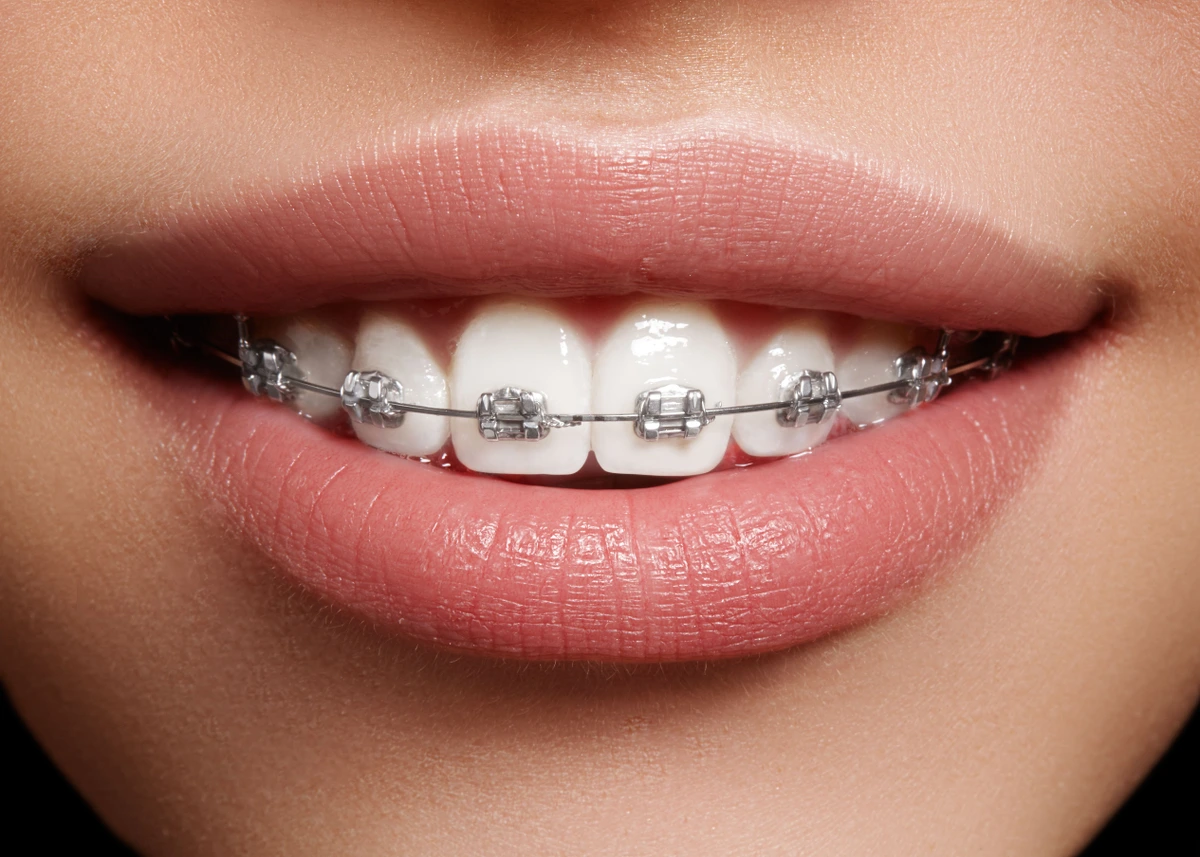
Fixed brackets and wires are extremely effective when it comes to straightening teeth. The rigid archwire will place pressure on specific teeth to help them move back or forth where they need to be. Traditional braces tend to work best for severe bite misalignments involving overbites or overjets (where the front teeth tend to protrude forward or splay out). Just keep in mind that even following your orthodontic treatment, you’ll still want to have a slight natural overbite as opposed to your teeth meeting directly end-to-end.
3) Aligners
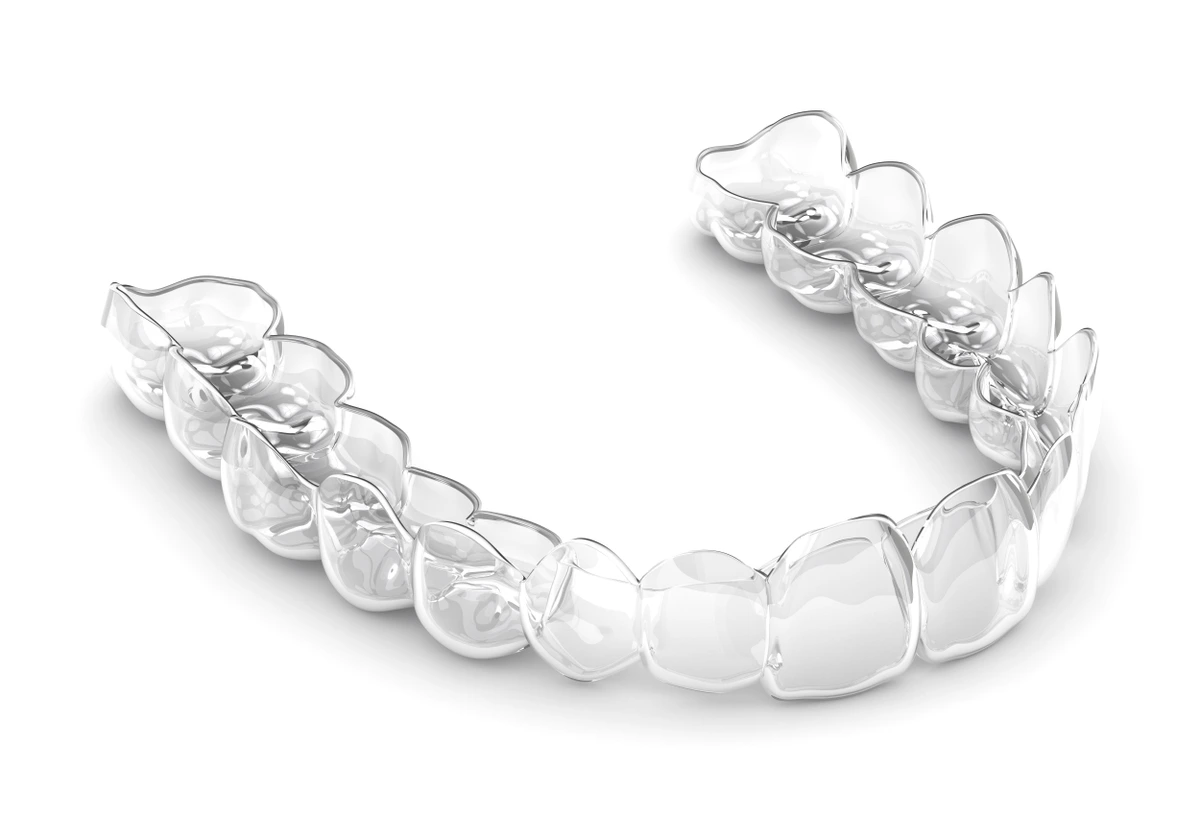
If your dentist or orthodontist says that braces will be best for correcting an overbite, then aligners may work too. Most of today’s aligner systems — especially Invisalign — can be just as effective at managing crooked, crowded, or overlapping teeth. However, aligners may not provide as much vertical tooth movement as traditional braces do, unless your provider incorporates the use of “buttons” for your aligners to attach to. Don’t worry, the buttons are just small tooth-colored extensions bonded to specific teeth (they still blend in.)
4) Upper Jaw Expander
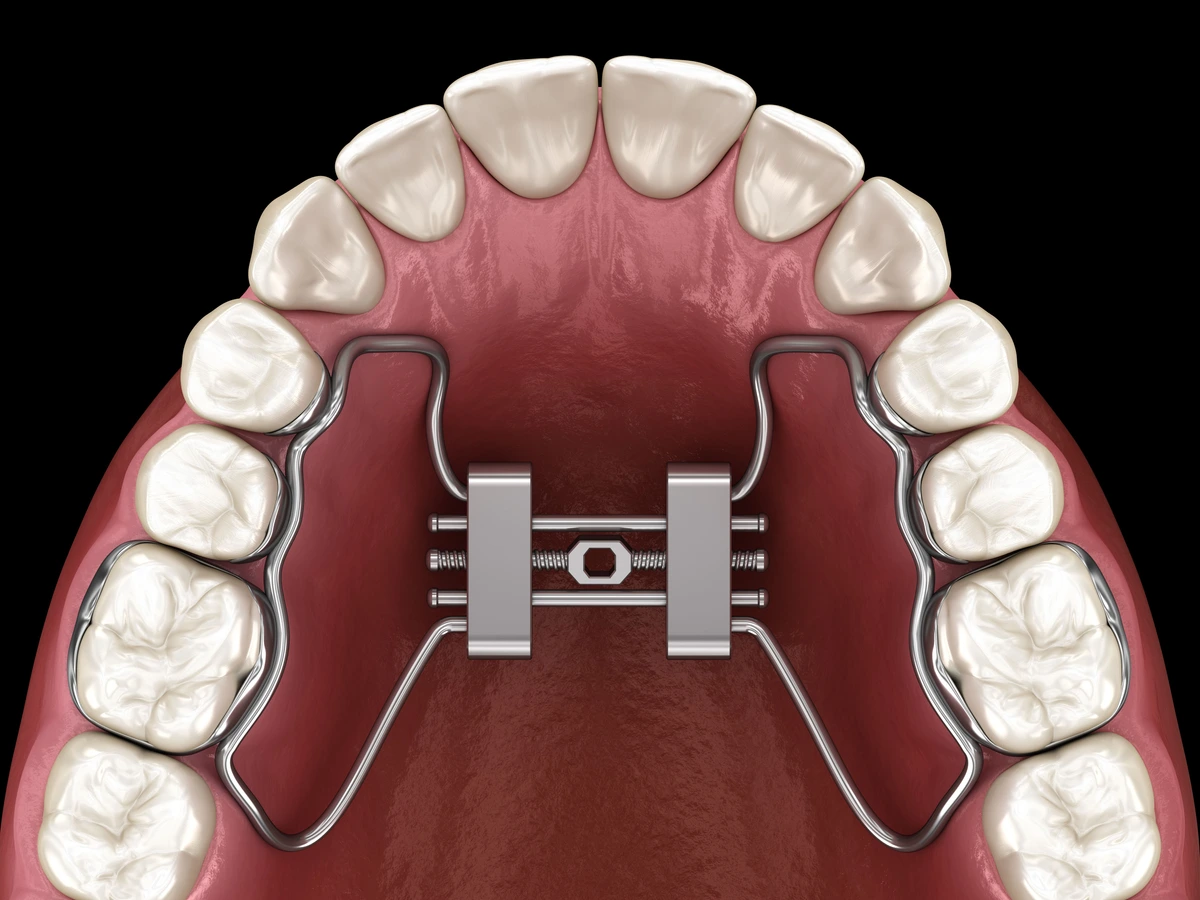
Palatal expanders help to adjust the anatomy of the roof of your mouth, widening the overall arch of teeth. They’re frequently used in orthodontic cases where there’s a crossbite, narrow upper arch, and sometimes overbites (especially if there’s a lack of space to pull those teeth back.) By widening the upper arch of teeth and creating more space in the mouth, there’s additional room to bring teeth back into a proper relationship with their lower biting partners.
5) Reverse-Pull Face Mask
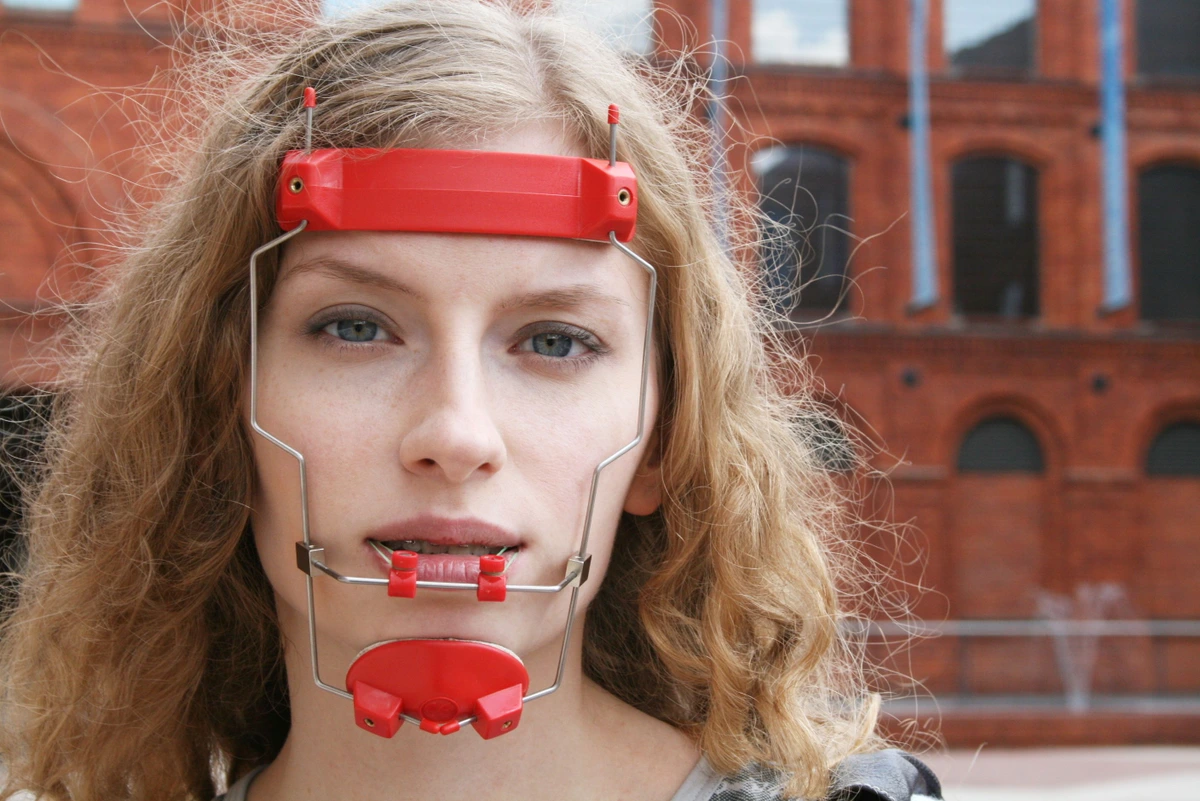
You don’t see reverse-pull face masks used as much these days, but some people call it “headgear.” It’s used when growth modification needs to take place and the lower jaw is involved.
6) Herbst Appliance

These orthodontic devices use specially-placed bars that connect the lower jaw and upper arch of teeth. Although you can still open and close your mouth, it encourages the lower jaw to move and grow in a specific direction. If your orthodontist knows that things are leading toward a severe overbite or overjet, he or she may want to utilize a Herbst appliance to modify growth patterns as your mouth is still developing.
Overbite Surgery
If you have an extremely deep bite where the upper front teeth are excessively overlapping the lower front teeth, you may need surgery. Physically moving the teeth with braces can only do so much. Depending on how your bones are positioned and the severity of your overbite, surgery could involve the lower and/or upper jaw.
Such procedures are recommended on a case-by-case basis and always overseen by specialists like your orthodontist and oral surgeon. Knowing how to correct an overbite can be challenging, but it’s not impossible! Surgery is usually reserved for more extreme cases where overall oral function and TMJ disorder are major concerns.
Overbite Vs. Underbite
Underbites are typically easier to self-diagnose, since they involve lower front teeth overlapping or protruding past the upper front teeth. Since those types of biting relationships are not normal, most people can spot them on their own before calling the dentist for advice.
Both overbites and underbites are equally concerning. Since both of them can alter normal jaw movement, leaving either one untreated can eventually lead to TMJ disorder. That in and of itself is reason enough to see your dentist about it. Plus, there’s the fact that both types of tooth misalignments can wear down your teeth prematurely.
Your regular family dentist will be able to screen for malocclusions like overbites and underbites during your routine checkups. Since our teeth can naturally shift as we age, your dentist will make you aware of any significant issues that arise. But never feel like it’s an inconvenience to talk to your dentist about your concern; they may not ever bring it up if it’s extremely minor.
What Is A Crossbite
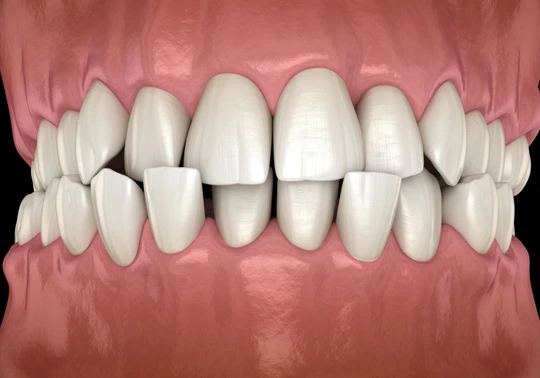
When you start talking about more complex bite misalignment needs, you instinctively have to wonder how complex the orthodontic process will be to complete them. How to correct an overbite involves all of the teeth and jaw anatomy as a whole, as opposed to just those specific teeth. That’s why your time in braces can take a lot longer to complete than other people you might know. Since certain teeth have to be moved to make room for the next ones, it’s not uncommon to spend up to two years in braces for more aggressive tooth alignment needs.
When To Talk To Your Dentist
First off, make sure you’re seeing your dentist at least twice a year for a checkup. They’ll be assessing your bite during your routine exam.
But let’s say you haven’t been to the dentist in a while. If you’re starting to see irregular tooth wear, chipped teeth, or notice your jaw hurting, it means something is going on with your bite. It might be an overbite or it may not.
When you smile in the mirror, look to see how much of your lower front teeth are covered by the upper ones. If it seems like 1/2 or more of the tooth is covered, then there’s probably a 100% chance that you have an overbite. If you’re not in pain, just bring it up during your next checkup.
Overjets — which often get confused with overbites — are another story. If your upper front teeth are splayed out enough to change how your lips close together, you need to get a referral to an orthodontic specialist.
Overview
With an overbite, teeth at the top front of your mouth overlap the bottom ones too much. Don’t confuse an overbite with an overjet, which is where those teeth splay out. How to correct an overbite will depend on your skeletal anatomy and how severe your overbite actually is. Your dentist might recommend orthodontic treatment or surgery, but they’ll probably send you to an orthodontist for a specialist’s opinion first.

Make your inbox smile!
Subscribe





